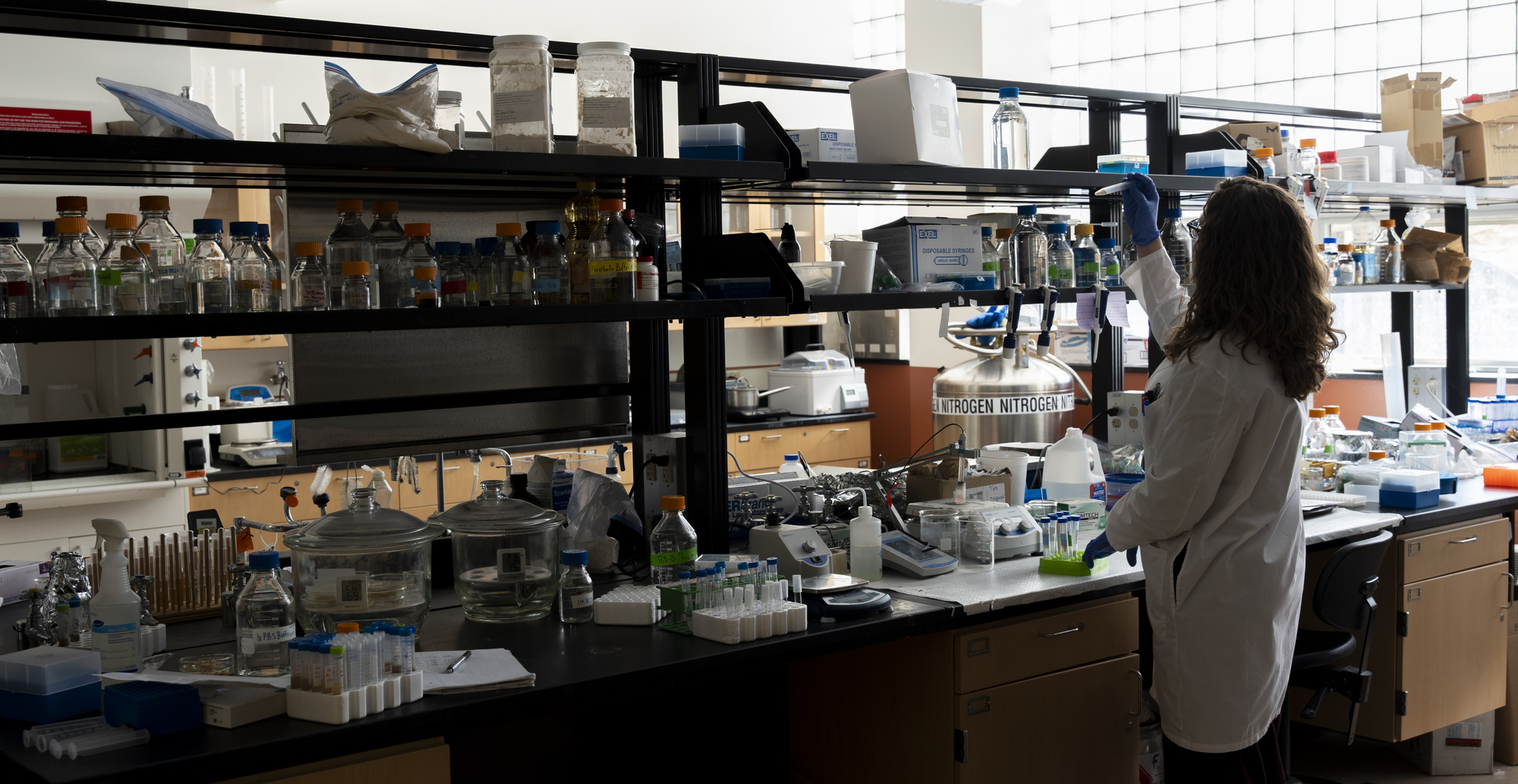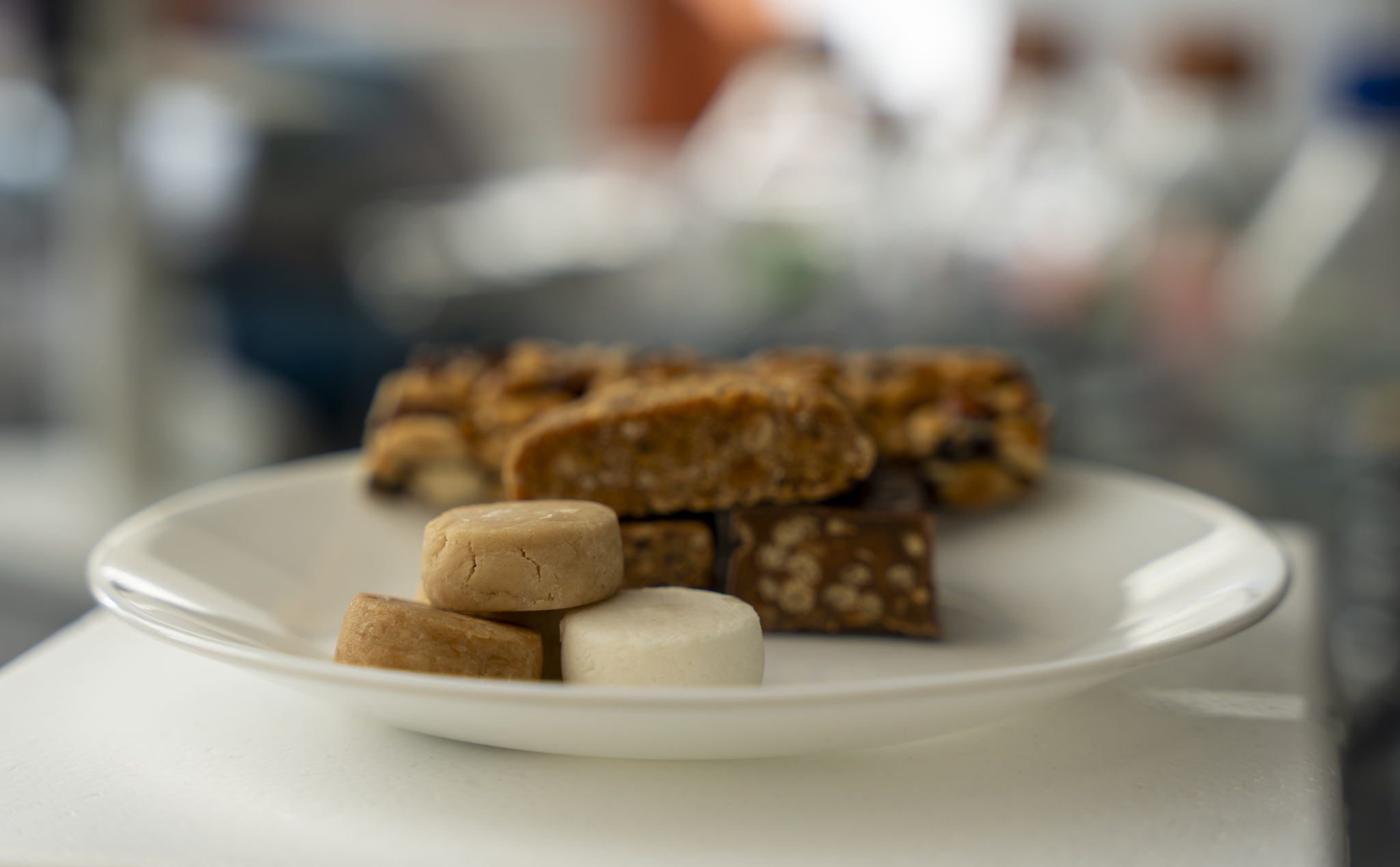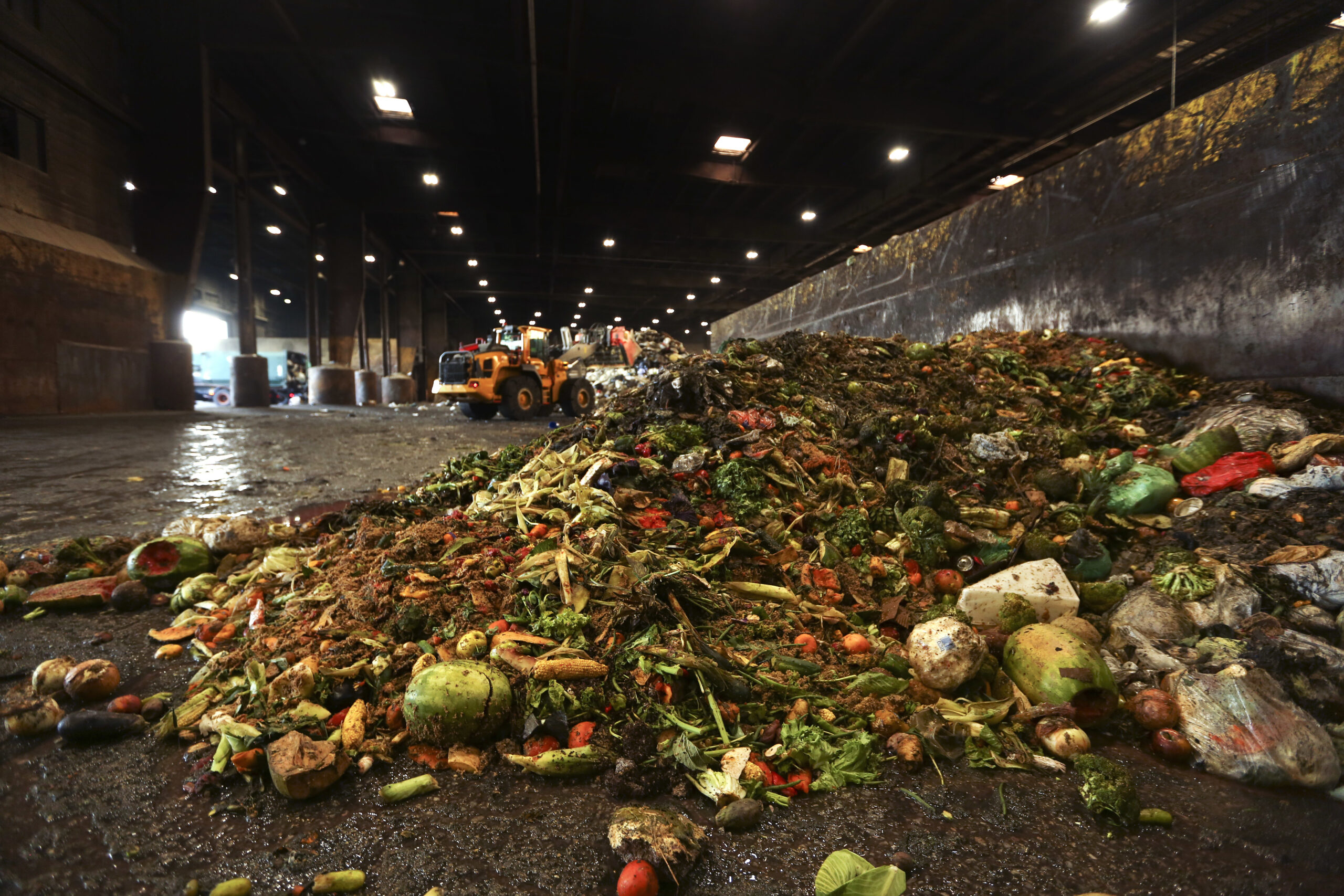If, on a hungry afternoon, you’ve been eager to discover a forgotten protein bar tucked in your backpack, only to find it’s become hard and unappetizing after weeks of neglect, food scientist Audrey Girard’s research is for you.
Girard recently led a study into chemical changes that occur in protein bars over time, making them harden. The researchers found bars made with certain types of protein were more prone to hardening than others.
And, they flagged certain chemical changes that protein bar creators could target to keep their bars softer after a few weeks of neglect. Girard and her team at the University of Wisconsin-Madison published their findings Jan. 19 in the Journal of Food Science.
Stay informed on the latest news
Sign up for WPR’s email newsletter.
“We weren’t trying to design the best protein bar ever.” said Girard, who is an assistant professor in food science at the university. “We were trying to figure out how these protein bars harden so that someone else could take this, and then design the best protein bar ever.”
Protein bars are growing in popularity. The protein bar market worldwide is forecasted to grow to $7.07 billion by 2029, according to Fortune Business Insights.
The idea for the study came from people in the protein bar industry, Girard said.
“They came to me with a question,” Girard said. “As they’re switching to plant proteins, which consumers are looking for more and more, they’re finding the bars are hardening a lot faster. Why? What’s happening?”

Typically, dairy proteins like whey are used in high protein bars, Girard explained. For this study, her lab examined how bars made with rice, pea and whey protein changed over six weeks, analyzing their changes in hardness at a chemical level.
“There’s been tons of work done with whey protein, figuring out why that hardens. We have a lot of ways to get around that,” Girard said. “But with plant proteins, they’re a little bit more novel.”
The researchers made mini protein bar “pucks,” each about an inch wide, in the lab. Then, they let them sit in sealed bags for weeks, later testing the force required to smash them to check their “hardness.” They also looked at moisture loss and other chemical changes.
They found the chemical process of protein oxidation contributed to the bars hardening. That insight could be helpful for chemically designing protein bars with a longer shelf life, Girard said.
“The idea is that we could stop or slow some of that oxidation,” she said.

Perhaps they could strategically add antioxidants, for example vitamin E, that can prevent the oxidation reaction, Girard said. Or, producers could use proteins that are less prone to oxidation, like rice. Girard’s team found the rice protein bars hardened more slowly than the pea and whey bars.
University of Kentucky food chemistry professor Youling Xiong, who was not involved in the study, said rice proteins are less prone to oxidation because of their tightly packed structure and amino acid makeup.
“The rice proteins tend to be a little bit more stable for that reason,” Xiong said.
Plant proteins are the future in food science, he added.
“Because of the sustainability of agriculture,” Xiong said. “We can’t live on animal-derived proteins alone anymore.”
He said more study is needed to manipulate plant proteins to perform in a desired way in food products.
Next, Girard’s team at UW–Madison hopes to test different antioxidants and protein blends in pursuit of a better protein bar.
Wisconsin Public Radio, © Copyright 2025, Board of Regents of the University of Wisconsin System and Wisconsin Educational Communications Board.







